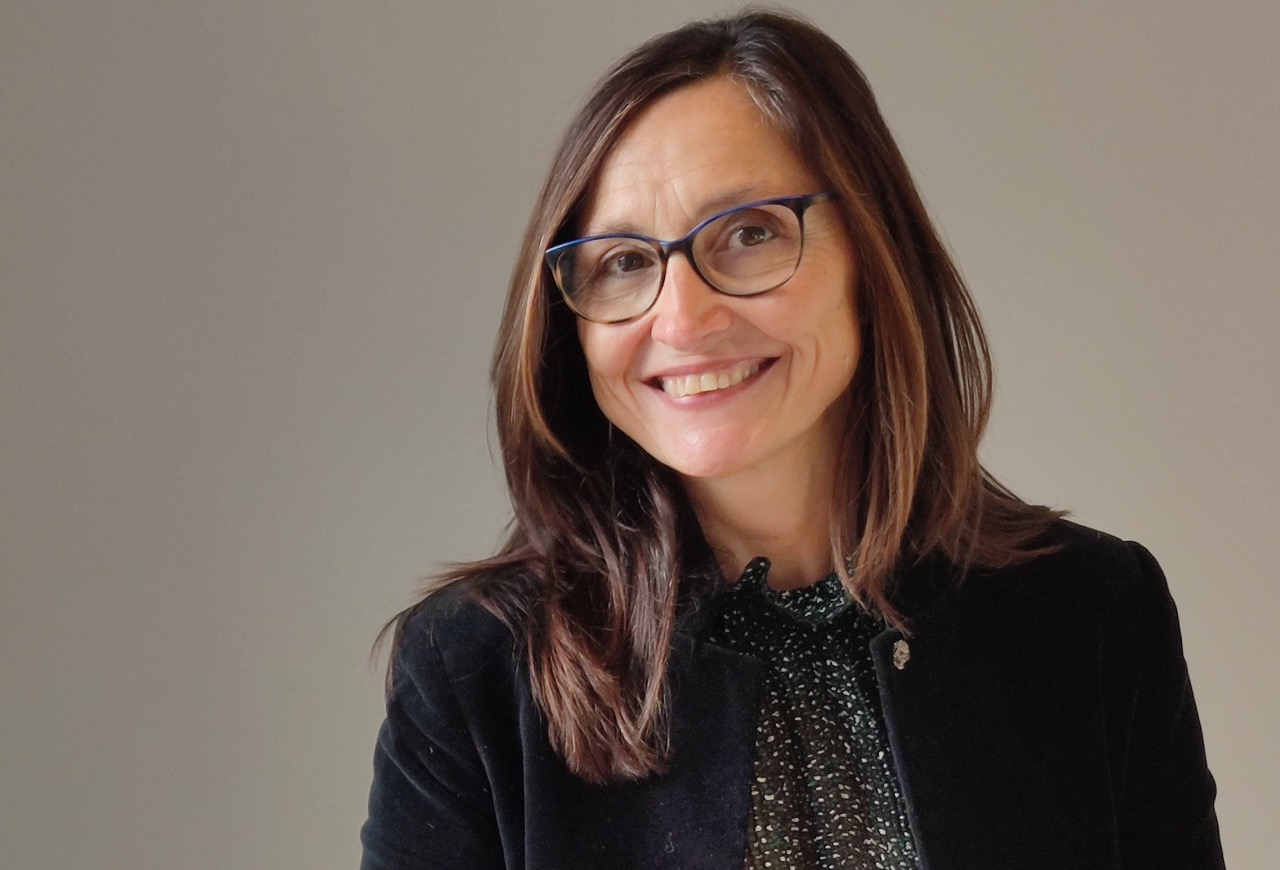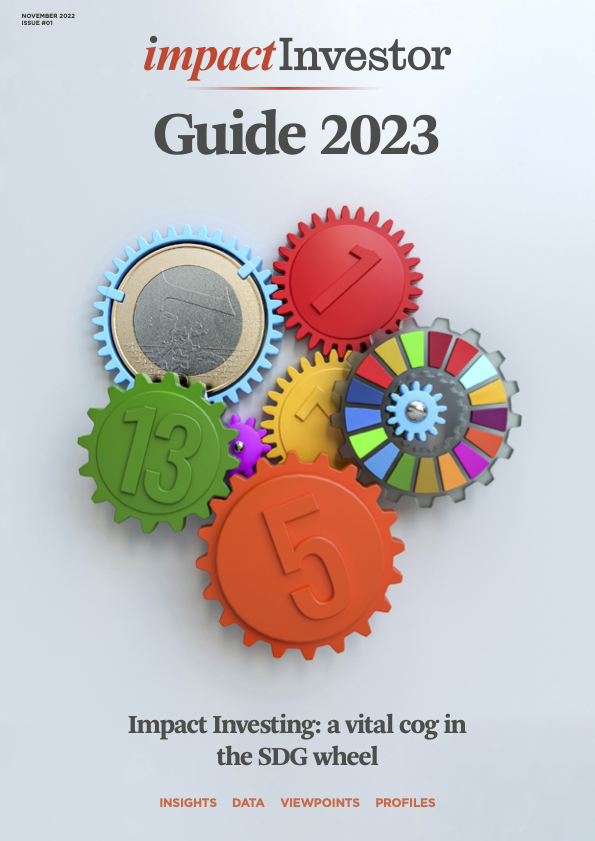Viewpoint: EVPA’s CEO argues that when it comes to generating big impact, we might need to throw out the rulebook, forget about incrementalism and start from the challenges we need to solve.

There’s no shortage of crises to choose from. Skyrocketing costs for food, energy and living are noticeable for all – but especially painful for the most vulnerable. Bombs keep falling on Kyiv.
How did we get here? What did we get so wrong to bring the world to the verge of a third world war, with unprecedented levels of inequalities and a planet on the brink of collapse? And what progress can we, on the front lines of solving these challenges, claim? Maybe the time is right to forget incrementalism and completely change the narrative – and shift our perspective in the process.
We’re trying to mobilise more impact capital by using the same rules of engagement (scale, standards, ratings) that led us to where we are today. Maybe it’s time to throw out the rulebook. Maybe it’s time to start from the challenges we need to solve – poverty, health, food, the list goes on – and meet them with broader thinking about how impact capital comes together.
Collaboration
Consider the full spectrum: philanthropic, public, retail or private market, each form of capital has a role to play. We need to build a shared understanding of how best to combine these sources and carefully consider how they complement each other. The goal among capital providers is a common one: deploying capital efficiently at scale. But too seldom do capital providers truly collaborate. Why?
Answering the collaboration question may require a change in mindset, away from siloes and competition. Funding deployed with a catalytic and system change lens is key. So is being brutally honest about what works and what doesn’t.We need to be collaborators in finding solutions and deploying financial and non-financial resources. We need to take an activist role, engaging the public sector. The impact space needs risk takers, inspired policymakers and vocal beneficiaries that hold us to a high standard. Only when these actors come together can we move the impact needle.
Beyond AUM
We also need a new needle. Too often we, as an impact community, fall into the trap of assuming that assets under management is the only KPI that matters, that big impact equals big capital.
This is an assumption worth questioning. We need to start talking about positive change generated (ideally at scale!) and not only at the AUM level. The KPIs that truly measure impact can be elusive, but we need to keep seeking them.
We all know this isn’t easy. Some of EVPA’s most rigorously data-driven and cross-sectoral projects, such as our Burning Topics in Impact Measurement and Management, have taught us that there’s lots of space for debate on the measurements and practices that matter most. Debate is necessary, but we can’t let it paralyse us or, worse, influence us to reach for easy answers.
It’s a hard truth to face but there is no single way of reporting impact, no universally recognised standards today. Indeed, measuring impact poses a long list of challenges: stakeholders must deeply understand the nuances of contribution and attribution, acknowledge their subjectivity, ensure accountability, assure impact – and there’s no single measurement framework that offers a turnkey solution to all this.
Use of impact measurement tools is still fragmented across the sector, as shown by new data from our report with the Global Steering Group for Impact Investment and European National Advisory Boards. While projects like this will harmonise data, harmony in the way practitioners measure impact is still far off. This means we must continue to consider trade-offs between methodological rigor and cost. It’s our responsibility, as impact leaders, to embrace the challenge and lead the way towards a harmonised vision of impact.
Accelerating impact
Governments also need to play a bigger role in unlocking capital for impact. We know the positive role that regulations can play: look at France, mobilising the retail market with 90/10 funds (solidarity-based funds), or India’s mandate for 2% of corporate profit to be devoted to CSR activities. European policymakers are interested in impact – the Social Economy Action Plan is solid evidence with a significant financial framework (worth €2 trillion) to back it up – but action has to follow.
There’s reason for excitement, as more capital and actors are moving into the impact space, but progress on the key social and environmental challenges remains incremental.
We need to accelerate: changing the rules of engagement, recognising that we need everyone at the table and being relentless in finding real KPIs for impact, beyond AUM. Reflecting on this as a system shift means admitting to ourselves we might not get it right the first time. Building disclosure and transparency into the system will take work and a pivot in perspective. But we have to try. A future where war, famine and inequality are the norm is not the future anyone would choose.

This article is part of the editorial content of the Impact Investor Guide 2023. You can download a digital copy of the guide here.





